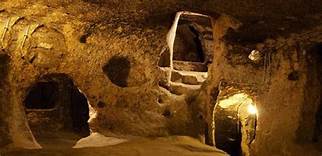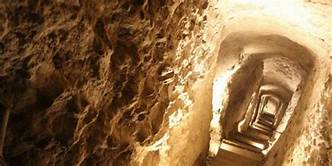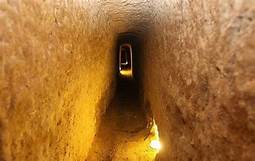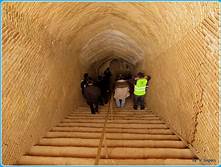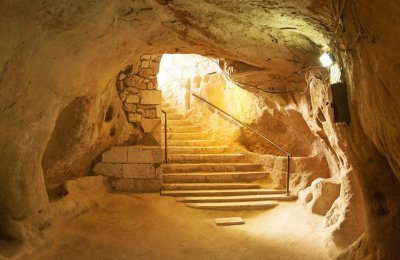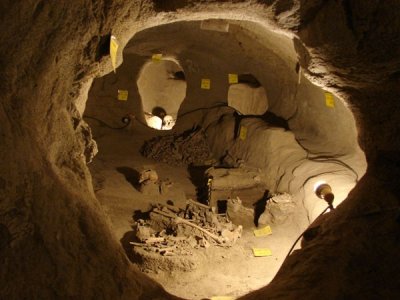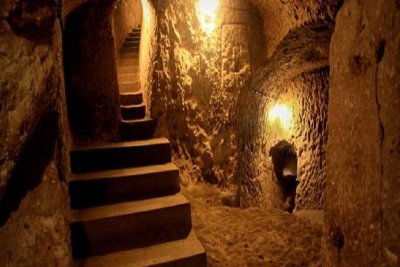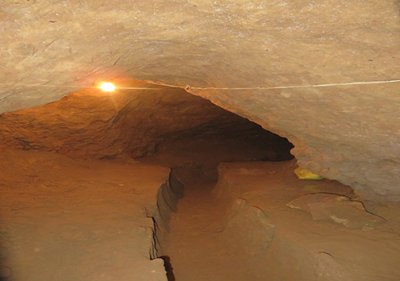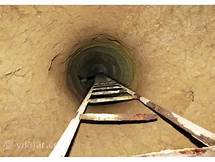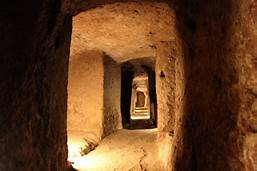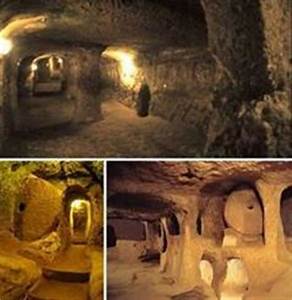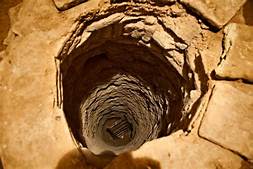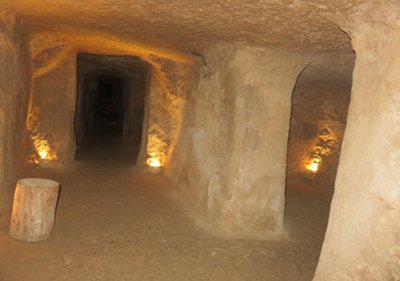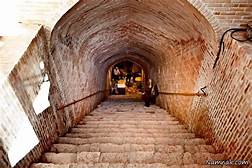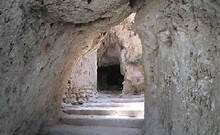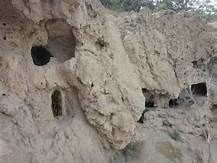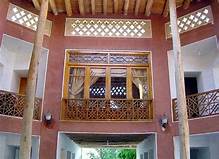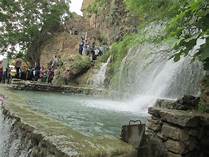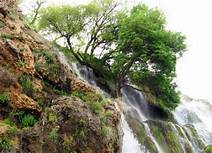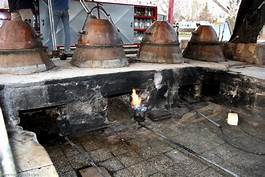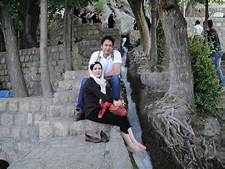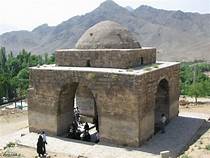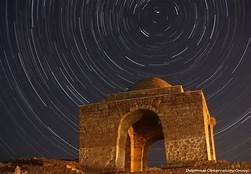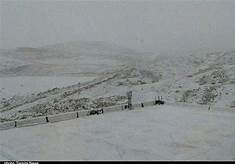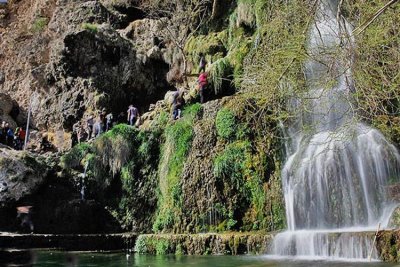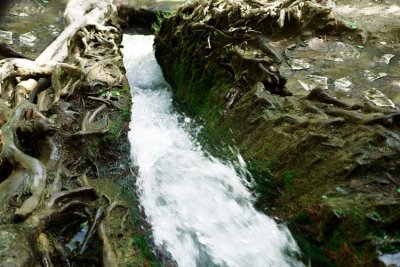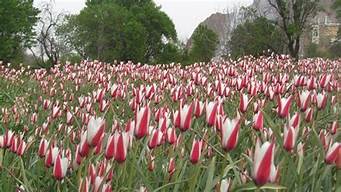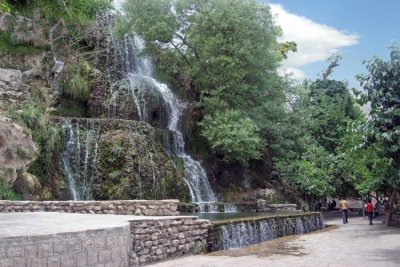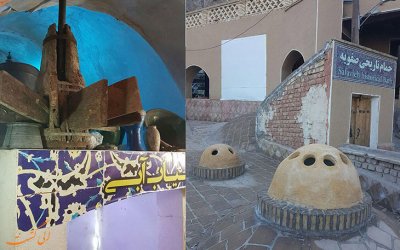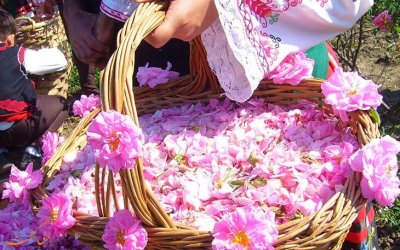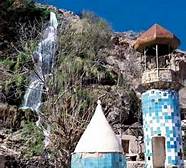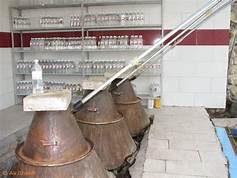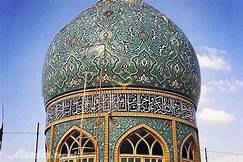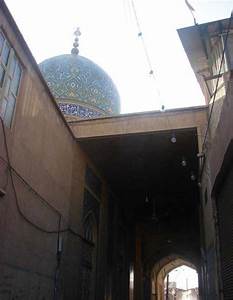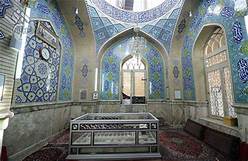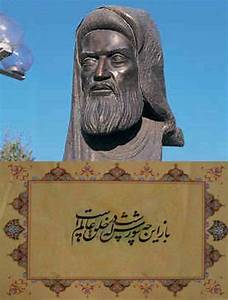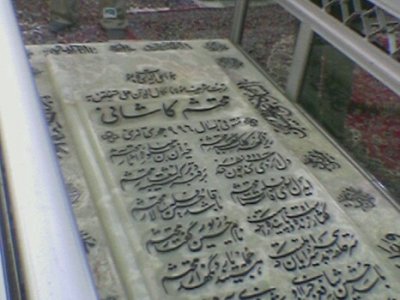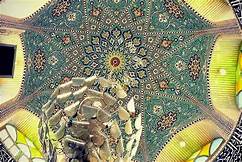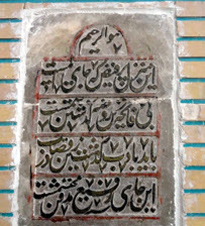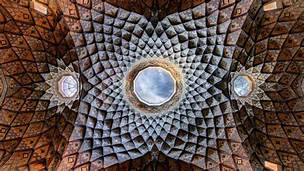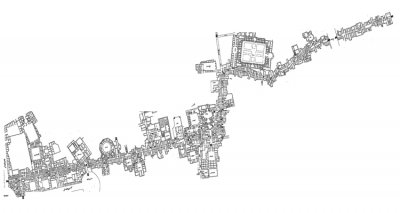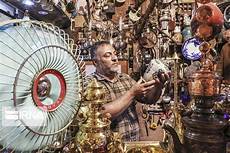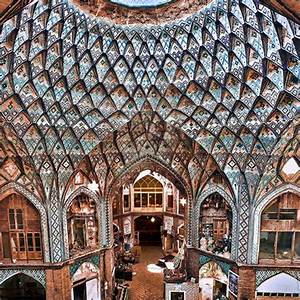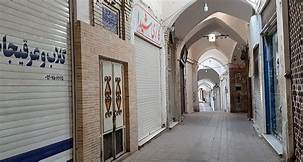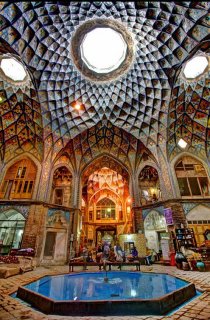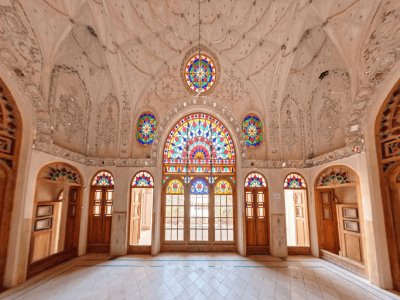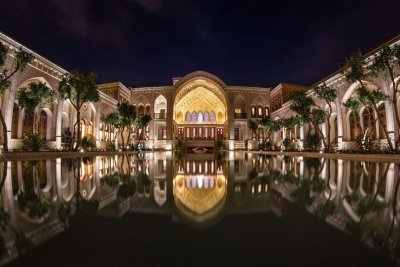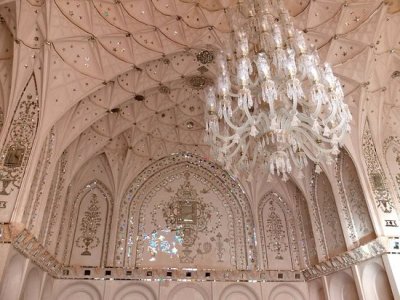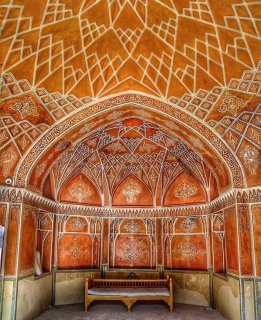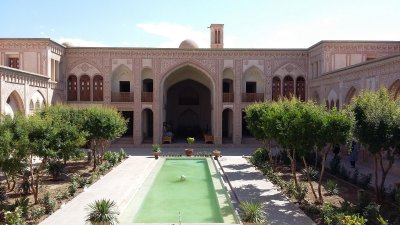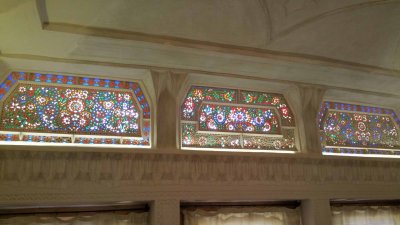Kashan historical bazaar
This bazaar has been highly regarded by tourists and historians of its time in different periods, so that each of them has mentioned it with many definitions and descriptions, such as the author of the book Zinat al-Majalis, who says: That market is almost two thousand years old. ». During the reign of Shah Abbas I, in the middle of the Grand Bazaar, four detailed bazaars called the Caesarea, including the estates of several decaquinas and excellent caravanserais, were built in a beautiful style.
After the construction of the building, the two beauties made history
May his survival be eternal with the survival of Omar Asif
General map of Kashan market
During the successive travels of Shah Abbas I and his successors to that city, the Grand Bazaar and the square connected to it, it was the first celebration and lighting center and a place for night entertainment and a royal feast. As Sir Sherwani Sherley, an Englishman who went to Kashan with him on one of Shah Abbas I’s travels, says the following about the receptions held in the bazaar:
At about ten o’clock, the king sent Adam to come to him, and we went to the market, which is in the middle of the city and is a very beautiful place. They did, and the celebration and the lights were so glorious that we were all amazed. After that detailed fireworks and so on. . . After the show, they played drums and drums.
Among them, the French Tavernier writes:
Kashan Bazaar is very beautiful and covered with good rooms, and the caravanserais are big and comfortable. One of them is especially great, located near Baghshah Dolatkhaneh.
The author of Tazkereh Haft Eghlim also says:
Aswaq Kashan is full of bridesmaids and the right to the sweetness and purity of the city in all of Iran but not the urban world. However, due to the earthquake of 1192 AH. ق. The luxurious and majestic bazaar, like other magnificent buildings in the city, was destroyed and destroyed.
And according to Sabahi Bidgoli:
The alley and its bazaar became so dilapidated that no one could tell which one and which one.
Even due to the heavy casualties inflicted on the residents, the high-quality properties of the bazaar and the ruined houses of the city were often considered unknown
During the long reign of Shah Qajar, as a result of the stability of the political situation and the development of local industries, large and interesting buildings of caravanserai and Timcheh and numerous bazaars along the Grand Bazaar were built and paid for, as in 1252 by Eugene Flandin. ق. Kashan wrote in his travelogue:
In the last century, the city was completely destroyed and its buildings destroyed. The buildings that are being considered today are the bazaars, caravanserais and baths.
The most important buildings of the last century that were built in the bazaar were the new Mesgari bazaar and Farrokh Khan Amin al-Dawla Ghaffari, which in terms of good design and excellent design, in terms of market width and ceiling height and other benefits in all of Iran has not been like. Throughout the bazaar, from the government gate (or the current municipal square) to Feyz Square and in front of the square mosque on both sides, more than one hundred and twenty large shops were built with front porch, attic and upper balcony, and several caravanserais between the shops. Extensively opposite each other, they had built a situation with high, roofed roofs, with the end of each shop facing the courtyard of the caravanserais, with windows and skylights.
Famous Timcheh Bazaar of Kashan (Timcheh Amin Al-Dawlah)
After the death of Farrokh Khan (1288), the new bazaar of the blacksmiths was destroyed and destroyed. The large and historic side, which remained intact at the entrance to the government gate, was demolished to make way for the municipal square.
Some parts of the market have been assigned to certain guilds, and the most important guild markets in Kashan have been the markets for coppersmithing, dyeing, goldsmithing, shoemaking, and the string market. Especially the copper market, which had not lost its global importance until the first half of the present century, according to Professor Edward Brown.
The Kashan Copper Bazaar is one of the most spectacular places in the Orient with the constant sound of hammering on copper, and the furnaces where copper turns red.
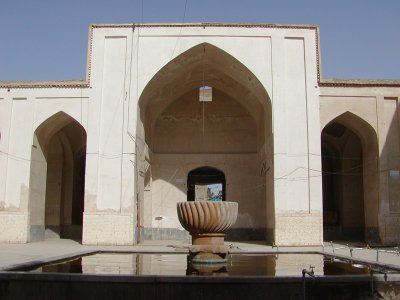
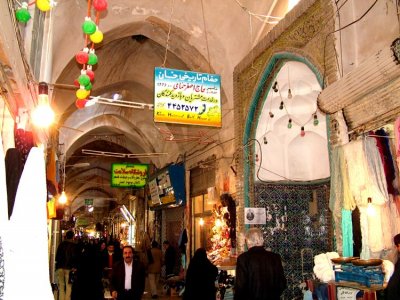
The location and center of Zarabkhaneh Shahr was located in the upper part of the bazaar near the Maidan Mosque, which is still known as Zarabkhaneh. Among the prehistoric monuments of the Safavid era (the reign of the kings of the Agh Qavinlu dynasty) that can now be seen in the Kashan bazaar is a pair of large wooden doors known as the coals located in the middle of the Mesgarha bazaar. In order to benefit the creators, he founded his foundation in the year eight hundred and eighty-eight. In addition to the large bazaar in the middle of the city, from the government gate (or the municipal square) to the perimeter of Kamal al-Molk Square, which is almost in the center of the city and along the current bazaar, there were many small and large bazaars in remote areas. Some of them have been completely destroyed due to the passage of time and the construction of urban streets, and others that have more or less remained unimportant. One of the great and famous old bazaars, commonly called the Passage (abbreviation for Passage), is: “The Babooli Pass, which used to have about a hundred shops.

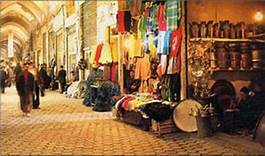
Kashan Bazaar Complex is one of the most prosperous and glorious markets in Iran, which had a high peak and prosperity during the Safavid period. Especially during the reign of Shah Abbas I, there were many tourists who visited this market and traded. During the Qajar period, the Kashan bazaar maintained its glory and grandeur, but after that it gradually flourished. Kashan’s current bazaar is built on the remains of an old bazaar and is in fact the handiwork of Qajar architects. Especially the architects of the time of Fath Ali Shah, who built it in its modern form. If you pass by Kashan Bazaar, in addition to the main line where coppersmiths, goldsmiths, shoemakers and bazaars are located, you will find several bazaars of Mianchal, Malek, Zarabkhaneh and Rangarges, mosques, Baqa, caravanserais, Timchehs, baths and water reservoirs. Each of them was built in a specific period. In this market, “Mianchal” is the main center of the market, which, unlike other models, does not have a linear shape. This complex includes various elements such as Timcheh, Sara, Ab Anbar and Madrasa Madrasa. But the attractions of Kashan Bazaar do not end here. This bazaar has caravanserais, the most famous of which are the charcoal caravanserai, the new caravanserai and the Mir Panj. Merchants who came to Kashan Bazaar usually stayed in these caravanserais because it was close to the main gate of the city and played an important role in the city’s economic exchanges.
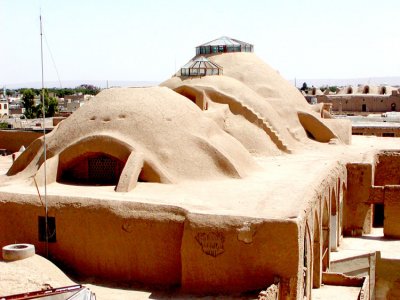
ادامه »
